Today is National Armed Forces Day. National Armed Forces Day was first created in 1949 by then Secretary of Defense Louis Johnson. Rather than maintaining three separate holidays for each of the branches of the military, Johnson decided to create a single holiday honoring the entire military. Although the first Armed Forces Day was in 1950, it was not made into an official Federal holiday until President John F. Kennedy in 1962.[1]
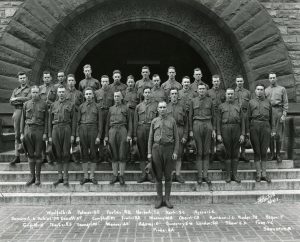
School of Military Aeronautics Squadron F in
August of 1917.
Here at the Ohio State University, we have a longstanding history of involvement with and support of the United States Military. The Morrill Act (1862) gave states script for federal land which the states could then sell for purposes of creating an endowment to fund an agricultural and mechanical college.[2] This act stated that the newly constructed school would be used to train students in the sciences of agriculture, mechanical arts, and military tactics.[3] The Department of Military Science and Tactics was created several years after the Ohio Agricultural, Military, and Mechanical College (the predecessor of today’s Ohio State University) and was staffed by active military personnel from the United States Army.[4]
The program continued to grow and transform in the twentieth century. Four important figures at the Ohio State University, including University President William Oxley Thompson, played crucial roles in the drafting of the National Defense Act, which established the Reserve Officer Training Corps (ROTC) in 1916. President Thompson was also responsible for the creation of the School of Military Aeronautics which would train students in the developing field of aircraft.[5] Students from both programs could be found participation in the numerous conflicts of the twentieth century.

Ohio State University students shooting at the rifle
range in 1918.
More information and resources about the Ohio State University’s role in the United States Military and the university’s founding can be found at the Ohio State University Archives. Manuscripts, documents, photographs, and other resources can be found there and are open to the public.
Written by John Hooton
[1] “Armed Forces Day,” National Day Calendar, accessed May 13, 2017. https://www.nationaldaycalendar.com/national-armed-forces-day-third-saturday-in-may/
[2] “Born in Adversity,” the Ohio State University Archives, accessed May 13, 2017. https://library.osu.edu/projects/founding/index.html
[3] Jack L. Gumbert, Forward to the Ohio State University Army ROTC History presentation, April 16, 2003, manuscript, from the Ohio State University Archives.
[4] Gumbert, Ohio State University ROTC History.
[5] Gumbert, Ohio State University ROTC History.






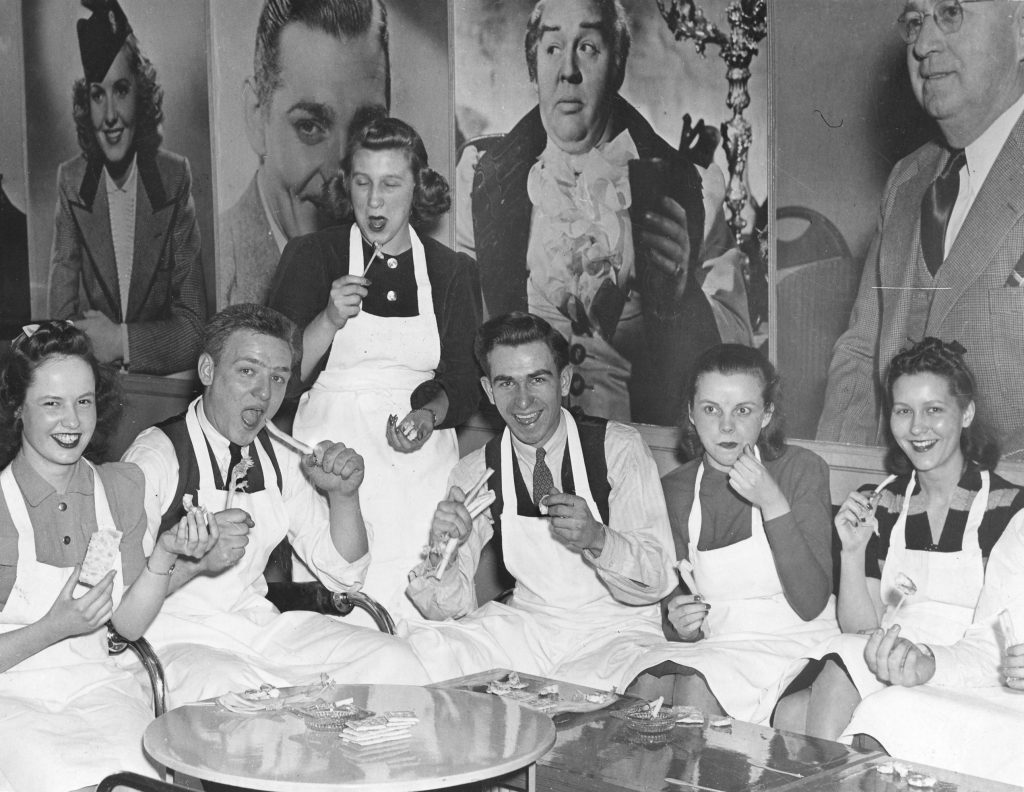
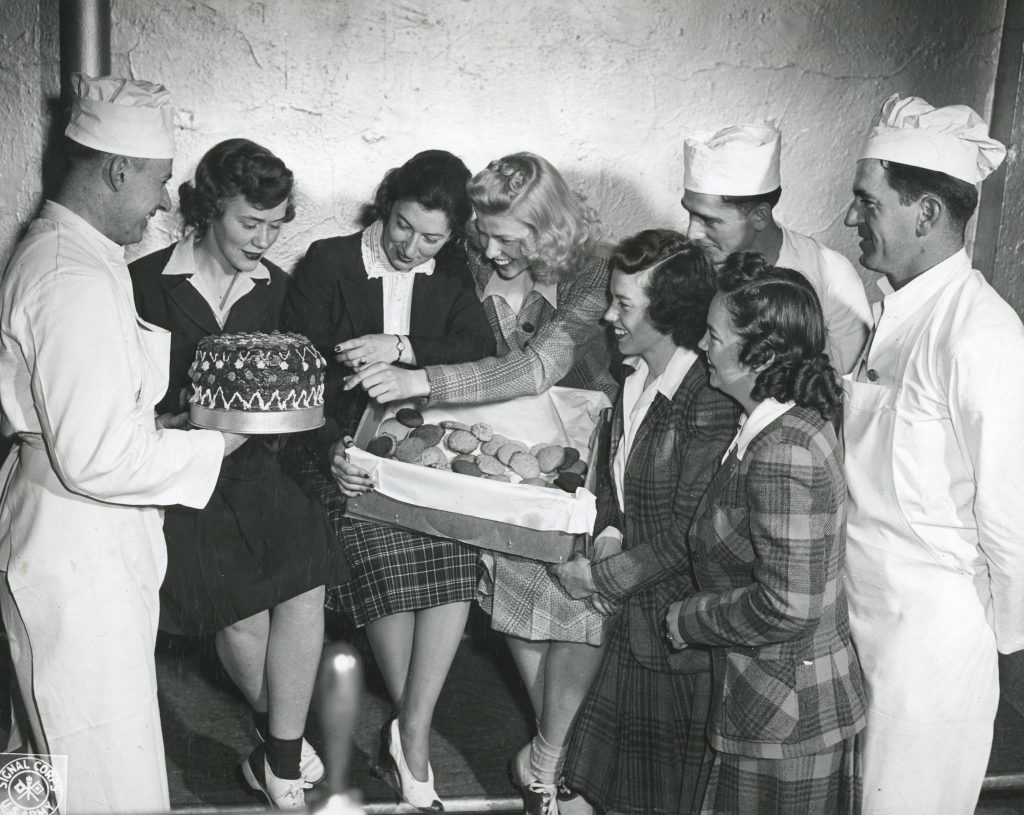
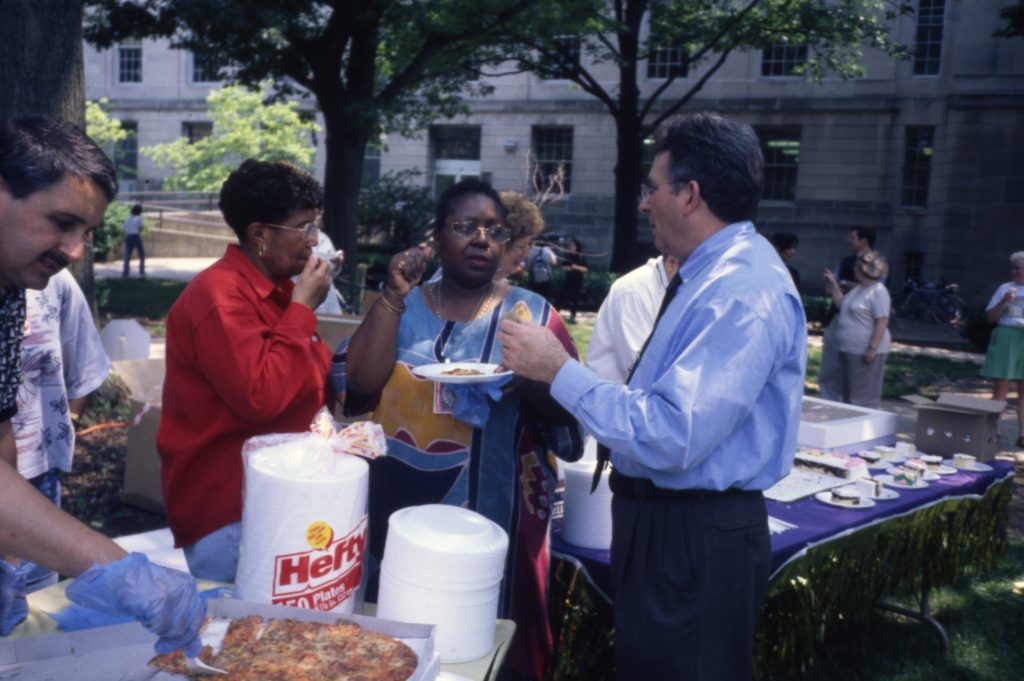

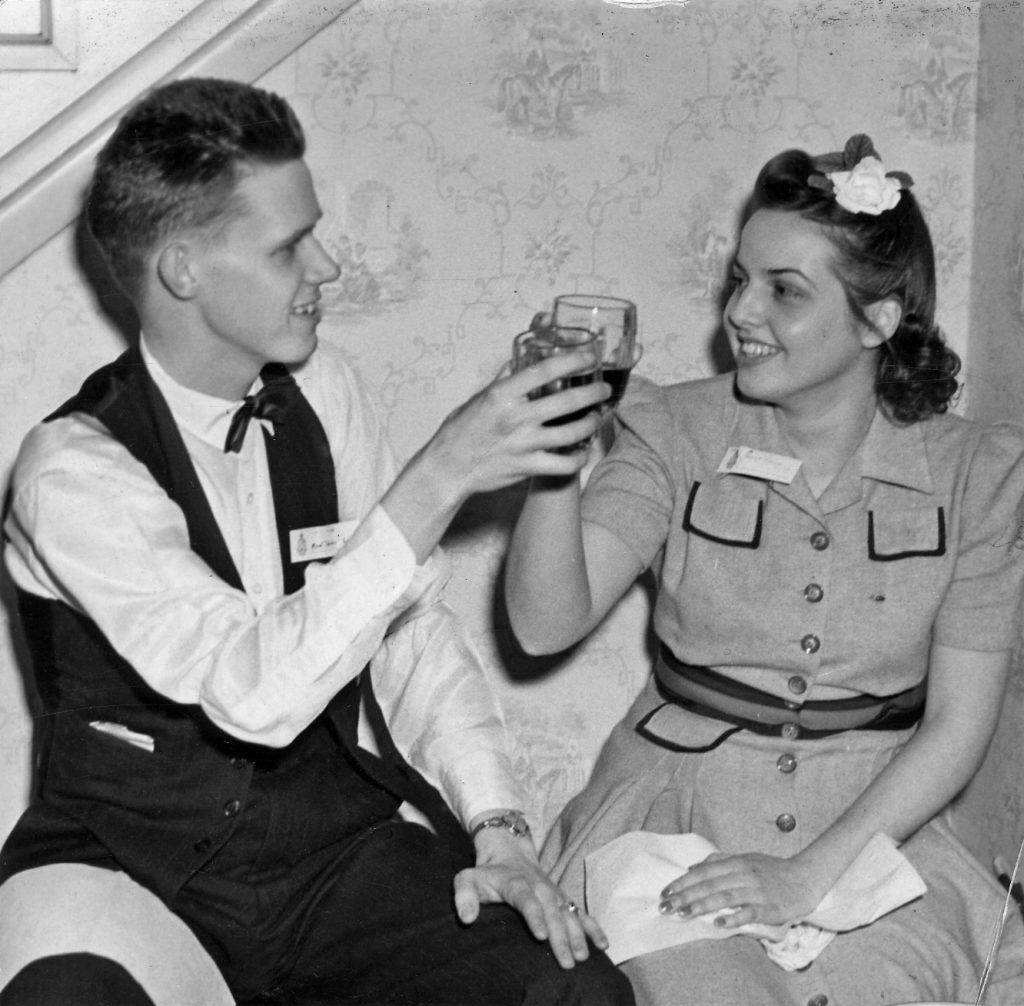






Recent Comments